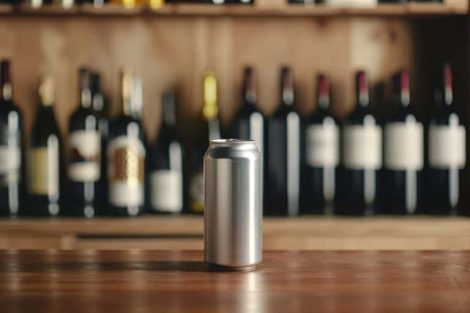Without detracting from the vivacity, the established reputation, and the sheer goodness of Trentino's classic method sparkling wines, in the Gambero Rosso Wine Guide 2024, you will find a notable progression of the region's still wines. Whites and reds at the top, both in terms of ratings (from the number of Tre Bicchieri awards to the many wines that made it to the finals, a true record), but above all because they demonstrate character, uniqueness, and a strong connection to the territory. This is thanks to the constant dedication of a group of winemakers, cellar masters, and entrepreneurs determined to focus on native grape varieties, as well as on grape varieties that have long been established here. Particularly noteworthy interpretations of Nosiola include the Ora di Pravis - vinified in acacia barrels, with slightly overripe grapes like those used for Vin Santo, resulting in a white wine that balances past and future, winemaking with passion, imagination, and curiosity.
The Nosiola grape variety, native to Trentino and cultivated only in small areas in Toblino, the Valle dei Laghi, and on the hills of Pressano, Sorni, and Lavis, has progressively been abandoned over time due to inconsistent yields, late ripening, and a taste preference increasingly oriented towards international grape varieties. Nosiola thrives in poor, fluvio-glacial soils located in hilly areas. It matures perfectly in a temperate, sunny, and ventilated climate, such as that of lower Trentino, influenced by the breezes from Lake Garda. The etymology is uncertain, but the name "Nosiola" could refer to the wine's slightly bitter taste reminiscent of hazelnuts or to the amber color of ripe grapes.
The wine has a straw yellow color, sometimes with greenish reflections, and expresses delicate and fragrant fruity aromas. It has a delicate taste, reminiscent of white fruits and green apple. It is supported by pleasant freshness and good minerality, with a finish characterized by a slightly bitter note. Nosiola is known for its great versatility: it produces interesting results both when aged in steel and when aged in barrels. The resulting wine is traditionally consumed young but actually has aging potential.
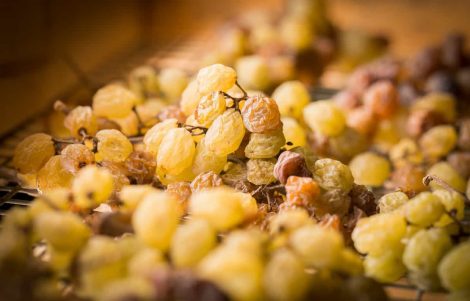
It pairs perfectly with freshwater fish, first courses based on fish and vegetables, soups, and vegetable stews. Nosiola is also used to produce the famous Vino Santo from Trentino. Selected grapes undergo a long natural drying process on racks. During this period, noble rot attacks the grapes, promoting the concentration of sugars and developing its typical aromas. During Holy Week, the grapes are pressed, and the slow fermentation process begins. After many years of aging in small oak barrels, the wine is bottled. The final result is an amber nectar with a complex and elegant bouquet, with seductive aromas of dried fruit, honey, and jam. The sweet and persistent taste is always well balanced by good acidity. Vino Santo from Trentino pairs very well with blue cheeses, foie gras, and traditional regional dry desserts.
The Best Nosiola Wines
Here are the Nosiola wines that have been awarded Due Bicchieri Rossi or Due Bicchieri in the Gambero Rosso Wine Guide 2024.
L'Ora, which means "the hour" in Italian, refers to the wind that strengthens the environmental character of the Valle dei Laghi, a beneficial breeze called "Ora," useful gusts for all crops, especially for the vines. This fascinating white wine, a slightly withered Nosiola, with its warm golden robe, is dedicated to it. The olfactory nuances are intriguing, with aromas of quince and hints of rhododendron honey. The taste is long, savory, caressing, almost enchanting. It was awarded Tre Bicchieri in 2024. Thanks to the influence of the Ora, all the grapes mature at their best, but only those of Nosiola are left to wither on racks called "arèle" to give life to the precious Vino Santo.
The Brugnara winery has made its debut in the Guide with two excellent wines - one white and one red - which have accessed our final tastings. A slender, smooth Teroldego, with perfect and very deep tannins, and the aromatic and very savory Nosiola that we present.
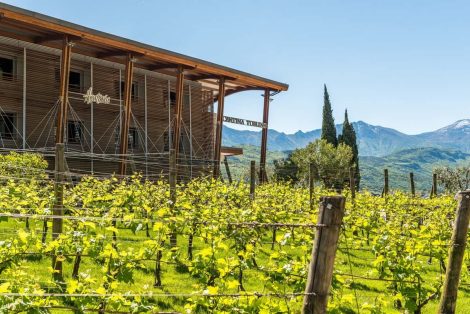
The Cantina Toblino, despite changes in management, remains committed to the care and promotion of wines from the Valle dei Laghi, the area where its 600 winemaker members operate. Denis Andreis, a manager from Verona with experience in wineries in Valpolicella, is the new director, determined to consolidate management ranks, although Toblino remains a winery within the orbit of Cavit. Organic cultivation of vineyards will be further incentivized, focusing on local varieties such as Nosiola and Rebo, and also aiming for the production of grapes destined for sparkling wines. Cantina Toblino has vineyards ranging from the valley floor to Lake Garda, up to the slopes leading to the 1000 meters of Lagolo, one of the seven alpine lakes of the eponymous valley. Its Trentodoc wines have received good feedback, and the wines obtained with targeted selections and slightly withered grapes are particularly noteworthy, while the Vino Santo remains exquisite, a sweet and authentic passito, a symbol of this Trentino valley.
In the hundred-year-old vineyard of Nosiola at Cantina Klinger, bunches are harvested for a fascinating micro-production, to be tasted with criteria and attention for an unusual and extravagant wine. Pilati is a common surname on the vineyard hills of Lavis, among the farmhouses towards the Cembra valley. Dynasties of winemakers carry this surname to the point that, to distinguish themselves, they combine Pilati with the indication of the farmhouse. This explains why the brothers Umberto, Enzo, and Lorena Pilati chose Klinger to identify their small, rational winemaking company, managed after appropriate studies, with great oenological capacity, by "true winemakers." They have plants with ultra-centenarian strains for meticulous vinifications, but they certainly do not neglect radical varietal renewals and precise elaborations.
The Nosiola wines from Maso Poli are fragrant, clean, with exotic nuances. Managed entirely by women - Romina, Martina, and Valentina Togn - ready to continue the viticultural strategies of their father Luigi, a historic entrepreneur in Dolomite wines who passed away last year. He owned Gajerhof in Roverè della Luna, and here in this hillside farmhouse above Lavis, he had created an oenological structure as beautiful in aesthetics as it was equipped with high technology. He also set up a space for art exhibitions where the installation "Terra Cielo," created by the sculptor Marco Martalar, stands out. Thirteen hectares of vineyards surround the winery, with few varieties for targeted vinifications. Reliability and qualitative constancy distinguish their wines.
Among the dozen wines proposed to our tastings by La Vis Valle di Cembra, the Maso Franch Manzoni Bianco and especially the classic Nosiola stood out, two whites with graceful gustatory power and equally fragrant drinkability. Lavis is a cooperative winery that was the first to earn an important and independent role in the Trentino wine scene, demonstrating its ability to overcome some financial management issues, now behind it, and returning to operate in synergy with Cavit. The company management has strengthened the wine range, aiming for precise selections based on the role of mountain viticulture, which characterizes the territory surrounding the homonymous municipality of the cooperative winery.

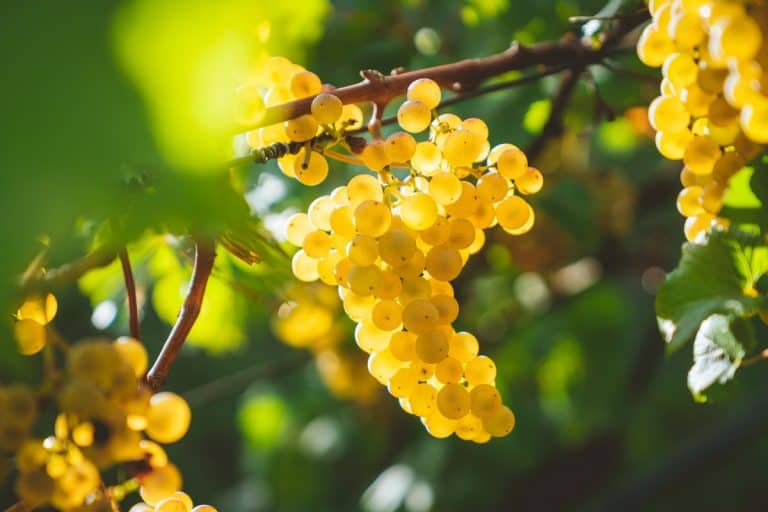
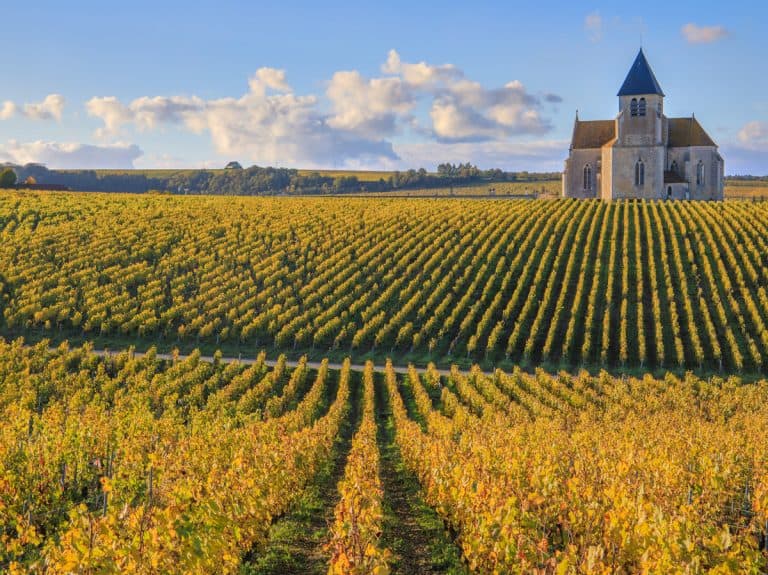 Burgundy’s resilience: growth in fine French wines despite a challenging vintage
Burgundy’s resilience: growth in fine French wines despite a challenging vintage Wine promotion, vineyard uprooting, and support for dealcoholised wines: the European Commission's historic compromise on viticulture
Wine promotion, vineyard uprooting, and support for dealcoholised wines: the European Commission's historic compromise on viticulture A small Sicilian farmer with 40 cows wins silver at the World Cheese Awards
A small Sicilian farmer with 40 cows wins silver at the World Cheese Awards Women are the best sommeliers. Here are the scientific studies
Women are the best sommeliers. Here are the scientific studies Where to eat at a farm stay in Sicily: the best addresses in the Provinces of Trapani, Palermo, and Agrigento
Where to eat at a farm stay in Sicily: the best addresses in the Provinces of Trapani, Palermo, and Agrigento